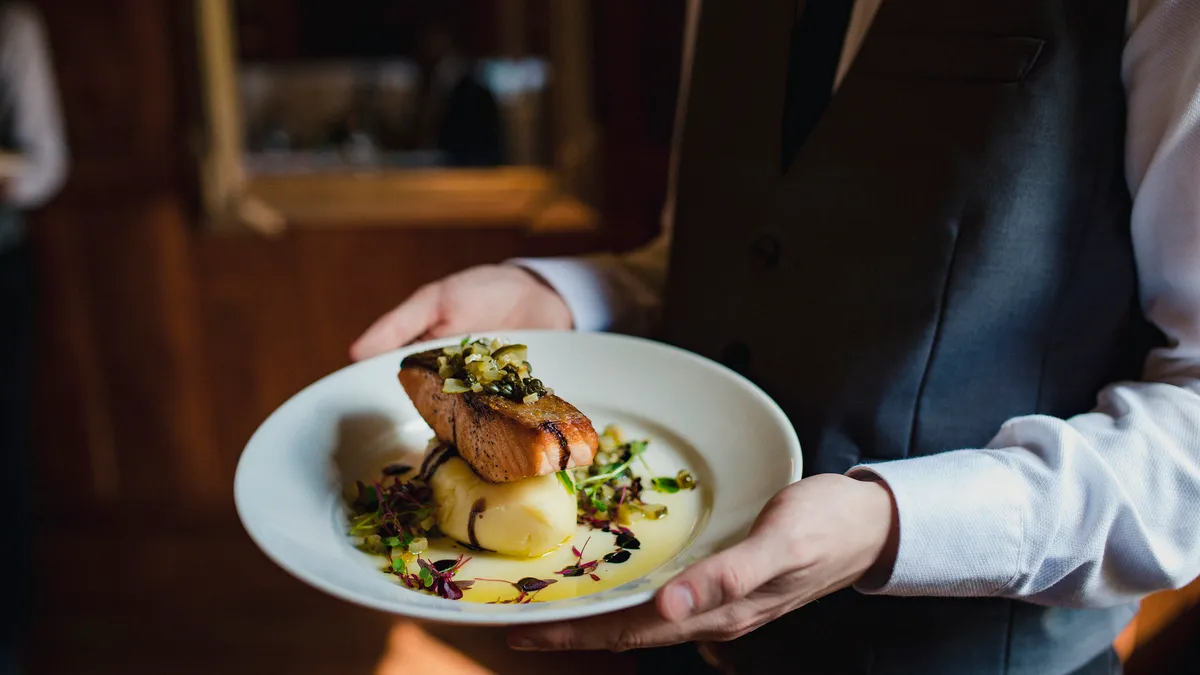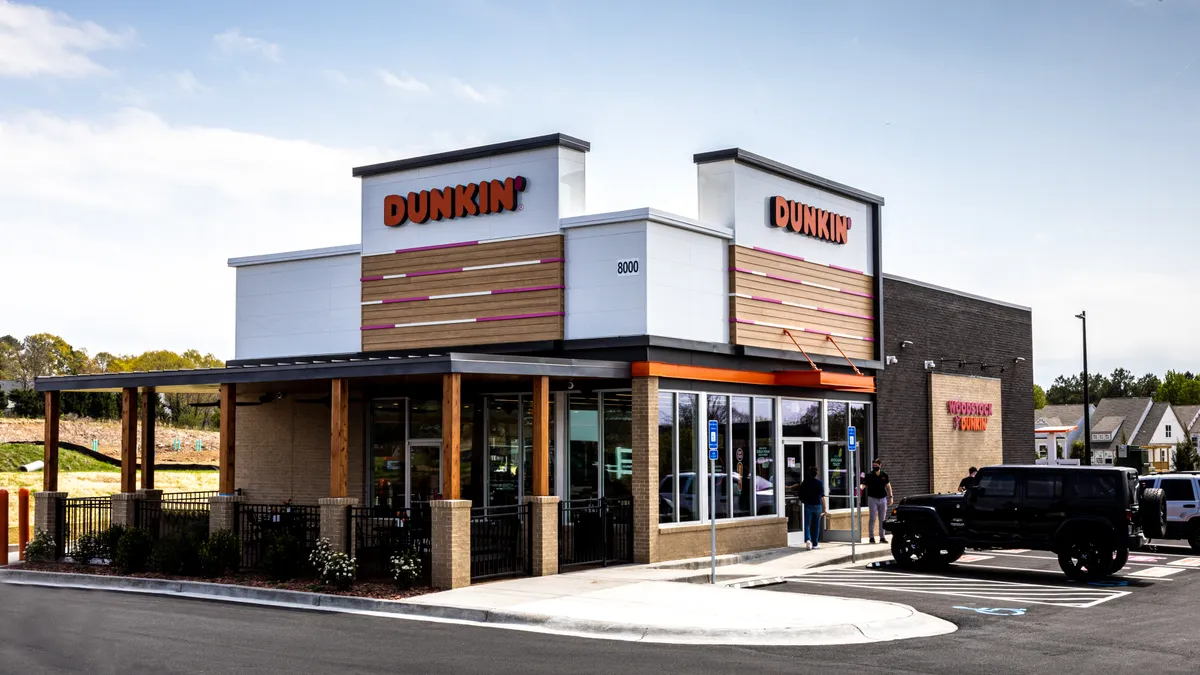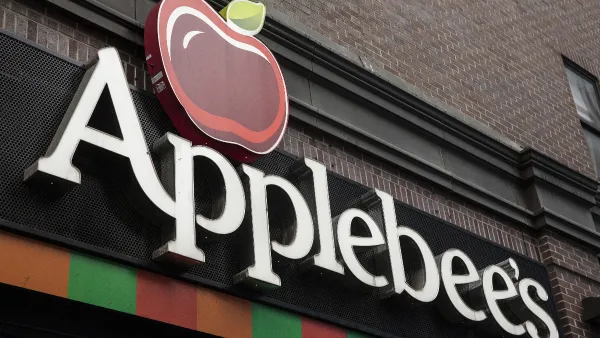The demand for seafood is rising. Fifty-four percent of Americans ate more seafood in 2024 than they did in 2022. And, with growing appreciation for the health and sustainability benefits of seafood, that growth is likely to continue.
Restaurants often showcase their seafood offerings during warm weather months. However, as demand increases, protein-seeking diners will want to enjoy options like wild Alaska seafood year-round. This can be tricky, since availability for fresh seafood can vary by location and time of year.
But restaurant leaders can increase their ability to offer seafood year round by adding wild caught Alaska seafood, expertly prepared from frozen, to their menus. According to Technomic, consumers prefer wild-caught seafood over farm-raised (54% vs. 25%). Frozen provides a great option to offer diners wild-caught year-round.
New Freezing Technologies Preserve Freshness
When restaurant leaders– and their guests– think of seafood, they may assume that fresh is the only way to go. But with today’s freezing technologies, frozen wild Alaska seafood can go toe-to-toe with fresh fish.
Alaska seafood is widely recognized for its quality and fresh taste. “In fact, an overwhelming majority of fish caught in Alaska are frozen”, explained John Burrows, Seafood Technical Director at the Alaska Seafood Marketing Institute.
Once the seafood is caught, new flash freezing technologies rapidly lowers the temperature of the harvested seafood, bringing it to -42℉ in six hours or less. The speed of this process preserves the flavor, texture, and nutrition.
Modern freezing technologies freeze fish quicker than ever before. This prohibits fish cells from breaking down, improving the taste, texture, and mouthfeel to be more like fresh fish.
Changing Minds about Frozen Seafood
Perceptions about the taste of frozen fish are evolving the more people try it, Burrows said. Recent research measured consumer acceptance of frozen seafood and rated two-year-old fish as high quality. “That should be demonstrative of how advantageous this can be for food service.”
In another study, seafood chefs tasted several types of wild Alaska fish, prepared from frozen, and rated them as very high quality, Burrows said. He added that some chefs came into the tasting believing that seafood had to be “fresh only.” I think we changed some minds that day,” he added.
Benefits of Adding Frozen Seafood
Restaurants specializing in seafood understand the benefits of using frozen seafood and use it as a staple in their menus, Burrow said. Restaurants that may not specialize in seafood but do offer it can see the same advantages, he added. Those include:
Menu flexibility: Chefs can quickly prepare seafood from its frozen state and can change the day’s offering without worrying that the fish will spoil.
Less waste: More frozen fish means less fish in the dumpster, Burrows said. “Chefs can simply thaw and cook on order. When dealing with fresh products, chefs have to use everything much more quickly, and shipment timing becomes a vital concern.”
Reliable availability: Freezing allows many types of wild-caught seafood to be available year-round. “This availability and logistical ease allows restaurants to be more choosier about their seafood choices,” explained Burrows. “They can order large quantities of seafood harvested according to best practices without concern about seasonality or proximity of the source.”
Enhanced creativity: Since frozen seafood reduces availability and logistical concerns, restaurants and chefs can plan menus and themes knowing that the seafood they want to highlight is available.
Increased check size: Diners who order fish spend 34% more on their meal, increasing restaurant revenue.
Tips for Adding Frozen Seafood
When adding seafood to the menu, consider these trends:
- Consumers are more motivated to order seafood when they see the terms “Alaska,” “Wild Caught,” “Natural,” “Sustainable,” and “Wild.” Be sure to add these in the menu descriptions.
- Consumers are most likely to order grilled or fried seafood. Consider these options for the menu, perhaps using this recipe for grilling frozen Wild Alaska salmon or this one for Air-Fried Wild Alaska Salmon Carbonara as inspiration.
- Look at innovative ways to add frozen seafood to the menu. While adding seafood to the dinner menu is always a good move, also consider offering it for breakfast and lunch. Researchers found this to be especially true for millennials and Gen Z diners. Think of menu items like Alaska Pollock Jerk Tacos for breakfast or Alaska Salmon Risotto for lunch.
Frozen wild Alaska seafood gives restaurants a reliable and sustainable way to meet seafood demands year-round. With the taste, texture and nutrition of fresh-caught fish, offering frozen seafood is a smart way to increase menu flexibility, reduce waste and add revenue.










